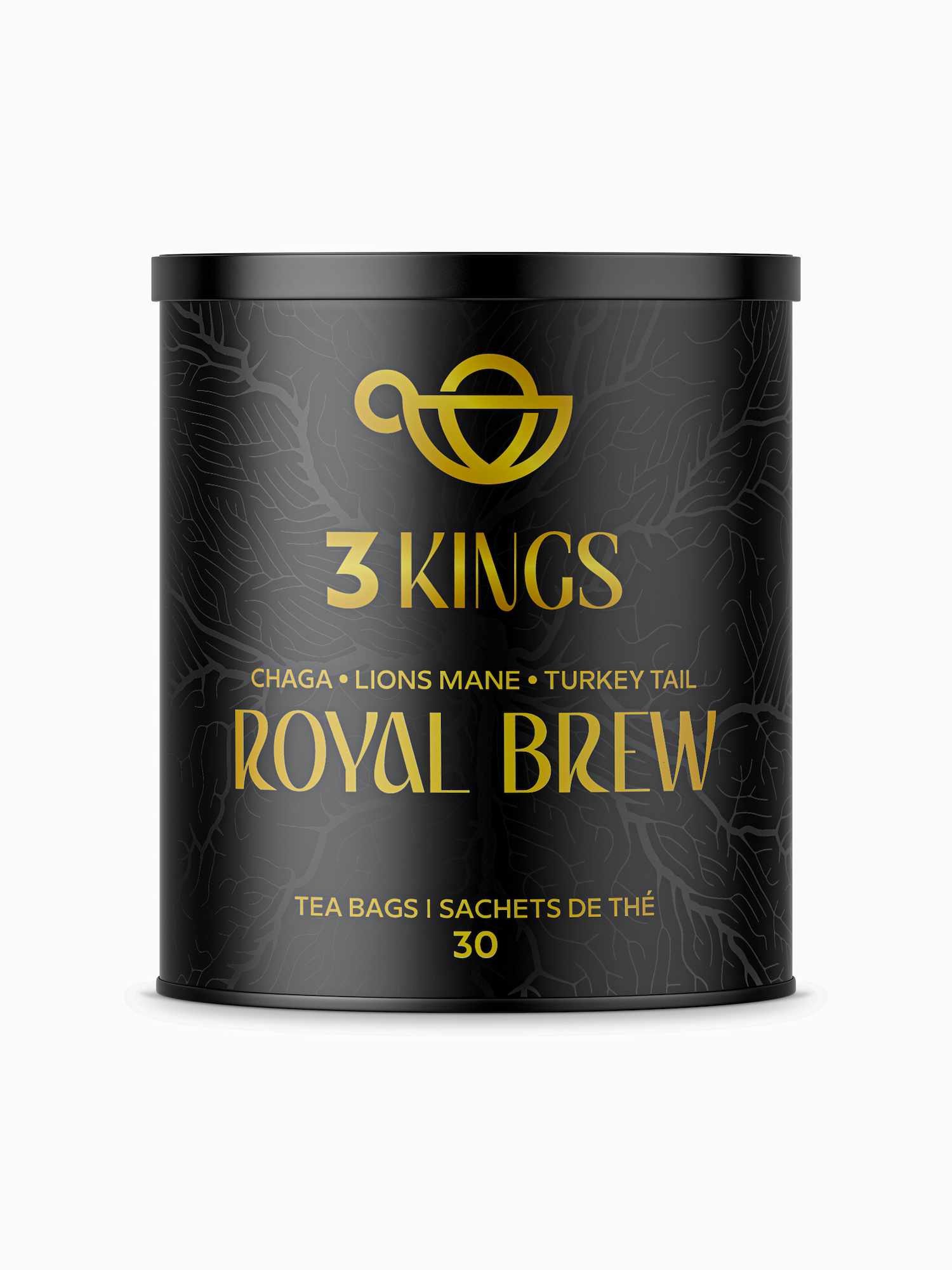A recent report from the Basel Committee on Banking Supervision (BCBS) has revealed that banks around the world are heavily investing in cryptocurrencies, including XRP, despite the ongoing legal battle between Ripple and the US Securities and Exchange Commission (SEC).
The report indicates that 19 banks from various regions, particularly North America and Europe, have collectively invested a staggering €9.4 billion ($10.3 billion) in a range of crypto assets such as Bitcoin, Ethereum, and XRP. The data shows that Bitcoin accounts for 31% of the total investment, while Ethereum represents 22%. Following closely behind is Ripple’s native digital currency, XRP, which makes up 2% of the banks’ crypto investment, equivalent to over $205 million. In addition to these major cryptocurrencies, the banks have also invested in other digital assets such as Polkadot (DOT), Litecoin (LTC), Solana (SOL), and Cardano (ADA).
Despite the monetary value of these investments, the report points to a larger trend of growing institutional interest in the cryptocurrency market, particularly in coins like XRP. Ripple has been actively working to position XRP as an intermediary asset for cross-border money transfers, partnering with numerous remittance firms to build a blockchain-based payment infrastructure that offers fast, cost-effective, and secure international transactions.
The growing institutional investment in XRP also reflects the market’s confidence in the eventual resolution of the SEC lawsuit against Ripple. The court’s announcement of a summary judgment in July clarified that XRP itself is not deemed a security, focusing instead on the manner in which the coin is marketed and sold. This ruling has sparked speculation about the possibility of a settlement between Ripple and the SEC. However, reports suggest that the financial penalty demanded by the SEC may be prohibitively high for Ripple to pay.
The banks’ significant investments in XRP, despite the ongoing legal uncertainty, demonstrate their confidence in the long-term potential of the digital asset. This signals a shift in perception among market participants, indicating a recognition of XRP’s utility as a tool for facilitating international payments, and its potential for widespread adoption in the future.
The BCBS report serves as a testament to the growing role of cryptocurrencies, including XRP, within the traditional financial industry. As banks continue to embrace digital assets and blockchain technology, it is likely that the market will see further integration of cryptocurrencies into mainstream financial services, potentially reshaping the global financial landscape in the years to come.
In conclusion, the report from BCBS underscores the increasing institutional interest in cryptocurrencies, particularly XRP, and the growing recognition of their value within the traditional banking sector. Despite the legal challenges faced by Ripple, the banks’ substantial investments in XRP reflect a prevailing confidence in the digital asset’s future potential and its role in revolutionizing cross-border payments and financial transactions.











